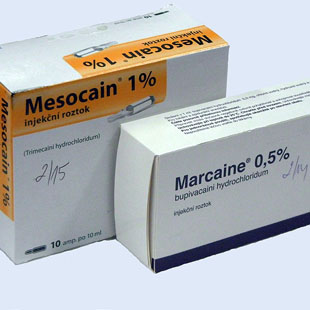Toxic reactions to local anaesthetics
Local anaesthetics are widely used by anaesthesiologists, surgeons or general practitioners. There is a risk of severe toxic reactions, which may lead to fatal sequels. This algorithm presents possibilities of minimalisation of the risk and offers the guideline by treatment of severe cardiovascular complication according to current opinions.
Review
The multimedia educational algorithm “Toxic Response to Local Anesthetics” simulates the decisions of an anaesthesiologist in routine clinical practice. In the case report of a patient undergoing an osteosynthesis of the forearm fracture in an infraclavicular block, the authors always offer four answers, of which only one is correct, to nine successively asked questions about anatomy, local anesthetic, necessary preoperative examinations, securing and local anesthetic, the dose and route of administration of the local anesthetic, the first signs of toxicity and the reaction of the anesthetist, and other therapies for circulatory arrest. The case description is suitably accompanied by pictures and functional video sequences. I consider it a good idea to elaborate the scenario from the first decisions up to the necessity of resuscitation of the arrest due to the toxicity of the local anesthetic.
Sources
LARSEN, Reinhard. Anestezie. Vyd. 2. české. Praha: Grada, 2004. ISBN 80-247-0476-5





